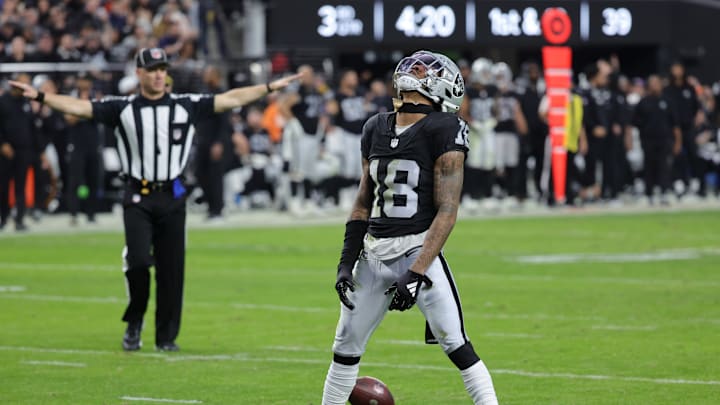The 2023 Raiders
In the same fashion as my Last Article, I will be calculating what percentage of players on the Raiders' defense joined the team through the draft process or through acquisitions. By measuring their relative contributions through a variety of important statistics, I will be able to determine which group of players had a larger impact for Las Vegas, not only by category but overall. Then, by looking at the makeup of this year’s team, I can make informed predictions about the success of the defense in 2024.
In 2023, the Raiders played 33 players on defense and 3 exclusively on special teams. Of the defensive players, 14 (42.4%) of them were homegrown talent and 19 (57.6%) of them came from acquisitions. Notable draftees include Maxx Crosby, Tre’von Moehrig and Divine Deablo, whereas acquisitions include Jack Jones, Adam Butler, and Robert Spillane. As far as special teams, 1 of the players was homegrown (P A.J. Cole) whereas the other two (K Daniel Carlson and LS Jacob Bobenmoyer) were acquired in free agency.
Of the 19 categories I chose to analyze at the beginning of this journey, 9 of them fall under the defense or special teams umbrella. Once again, none of these stats are exactly equal, because a defensive touchdown matters more than a solo tackle, and an interception is better than a pass deflected. The goal of the study was not to be an exact science of how the team should be constructed, but rather, a general indication of how our team’s success came to be.
67 players stepped on the field last year for the Silver & Black, and only 29 (43.3%) of them were homegrown players compared to the 38 (56.7%) that were acquired. However, homegrown players were responsible for more production in 6 of the 9 defensive and special teams categories.
